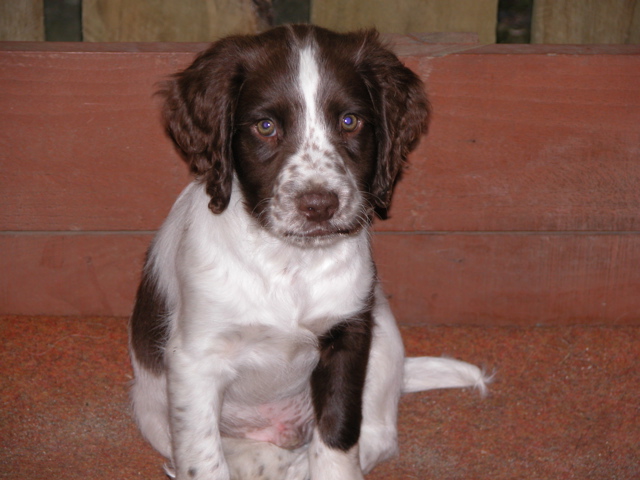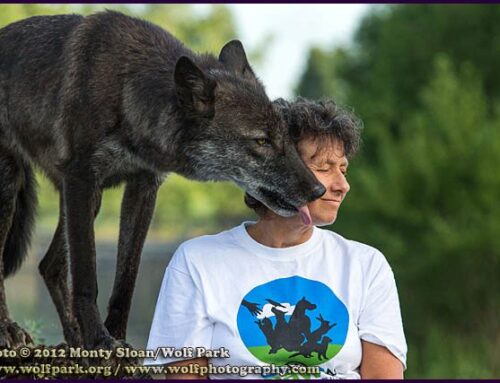 Depending on the situation, when faced with something scary a dog has limited choices as to how to respond. Early in the life of a fearful dog many choose to move (i.e., run as fast as they can) away from things that scare them, if this is an option. This is the behavior that the dog is more likely to repeat as it gets older, which is why ‘catching’ a feral dog is such a challenge.
Depending on the situation, when faced with something scary a dog has limited choices as to how to respond. Early in the life of a fearful dog many choose to move (i.e., run as fast as they can) away from things that scare them, if this is an option. This is the behavior that the dog is more likely to repeat as it gets older, which is why ‘catching’ a feral dog is such a challenge.
This changes when we put a collar and leash on a scared dog. When we force a dog to move toward something that scares them, believing that this will help the dog learn to feel less afraid of it, we can end up with unwanted results. One of these results is that we are training the dog to move toward something that scares them. So long as we have a leash on them we can control their behavior, but we’re not controlling their emotions. They are feeling fear and likely of a higher intensity than when they had the option to move away. Move a scared dog closer to what scares them and their behavioral response may become exaggerated. A dog that once cowered and slunk away now growls, snarls or even bites.
Until a fearful dog has the skills to be around their triggers, and their feelings of fear do not overwhelm them, moving away from them is a good choice to make. This keeps the dog, and the people and other dogs around them, safe.
For more information on helping your fearful dog visit the Fearful Dogs website and the author’s Examiner.com articles on dog behavior and training





